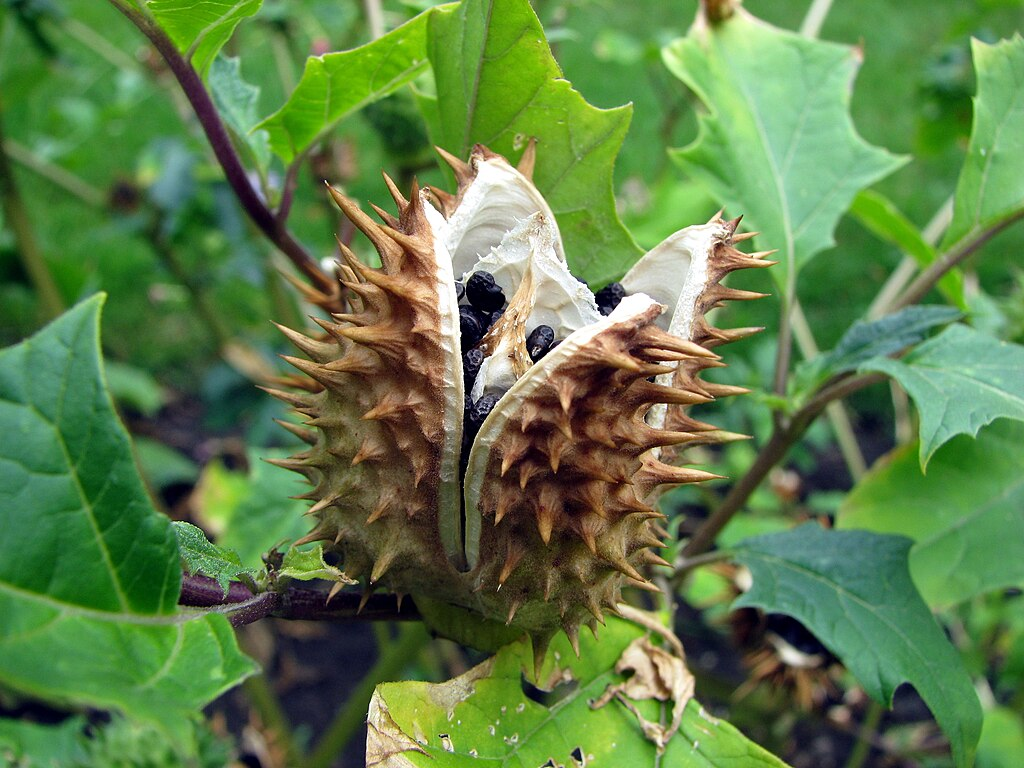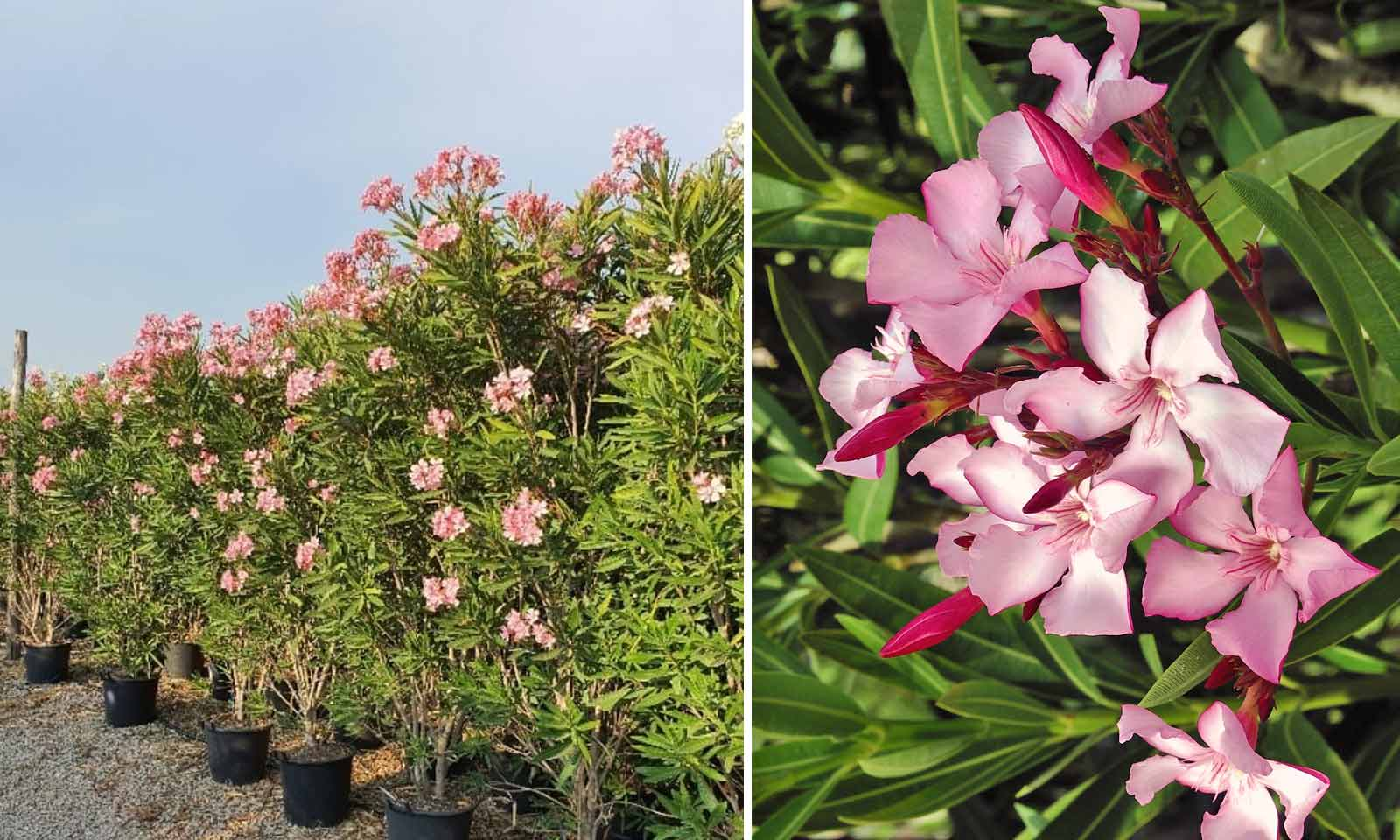Oleander (Nerium oleander) is often celebrated for its stunning appearance. With its vibrant, colorful flowers and lush green foliage, it’s a favorite in gardens, parks, and along roadsides. It’s easy to see why many landscape architects and homeowners choose Oleander to add beauty and charm to outdoor spaces. But beneath this captivating exterior lies a dangerous secret—Oleander is one of the most toxic plants in the world.
In this article, we’ll explore what makes Oleander so perilous, the signs of poisoning, and essential safety tips. Whether you’re a gardener, pet owner, or simply a plant enthusiast, understanding the risks associated with Oleander can help you stay safe while appreciating its beauty responsibly.
What Is Oleander?
Oleander is an evergreen shrub or small tree that originates from the Mediterranean region, parts of Asia, and North Africa. Its resilience and adaptability have made it a popular ornamental plant worldwide, especially in warm climates like the southern United States, the Mediterranean countries, and Australia.
Key Characteristics of Oleander:
- Flowers: Oleander produces large clusters of flowers that come in an array of colors—pink, red, white, and yellow. These blooms typically appear in dense clusters, making the plant visually striking.
- Leaves: Its long, narrow, leathery leaves are a deep green hue, giving the plant a full, lively appearance.
- Growth: Oleander grows quickly and thrives in hot, dry conditions. Its drought resistance and fast growth make it a favorite for privacy hedges, landscaping, and roadside beautification projects.
Despite its charming look, Oleander is far from harmless. Every part of the plant—the flowers, leaves, seeds, and sap—contains potent toxins that can cause severe health problems or death if ingested or improperly handled.
Why Is Oleander So Dangerous?
The primary threat of Oleander comes from the presence of cardiac glycosides, naturally occurring toxins that affect the heart, nervous system, and digestive tract. The most dangerous compounds in Oleander include oleandrin, oleandrigenin, and neriine.
What makes these toxins so lethal?

- Disruption of Heart Function: Oleandrin and similar compounds interfere with the electrical signals that regulate heartbeats. This can lead to arrhythmias—irregular heart rhythms—that might be life-threatening.
- Neurological Effects: Neriine affects the nervous system, causing symptoms like confusion, dizziness, seizures, and tremors.
- Gastrointestinal Issues: Consuming even tiny amounts can result in nausea, vomiting, diarrhea, abdominal pain, and excessive salivation.
Alarmingly, even inhaling smoke from burning Oleander can spread toxins into your system, making it dangerous to burn or dispose of the plant improperly.
Recognizing the Symptoms of Oleander Poisoning
Since Oleander is highly toxic, recognizing poisoning symptoms promptly could save lives. These symptoms can affect various organs and systems, often rapidly progressing to life-threatening conditions.
Common signs of poisoning include:
Cardiac Symptoms:
- Irregular or slow heartbeat (arrhythmias)
- Slow or rapid heart rate (bradycardia or tachycardia)
- Low blood pressure
- Heart failure or cardiac arrest in severe cases
Gastrointestinal Symptoms:
- Severe nausea and vomiting
- Diarrhea and stomach pain
- Excessive salivation or drooling
Neurological Symptoms:
- Dizziness and confusion
- Seizures or tremors
- Weakness, drowsiness, or even coma in extreme cases
Other Reactions:
- Skin irritation or blistering from contact with sap
- Burning sensation or difficulty swallowing if ingested
What should you do if you suspect Oleander poisoning?
Seek emergency medical help immediately. Call Poison Control or rush to the nearest emergency room. Remember, even small quantities can be deadly, so prompt action is critical.
Why You Should Avoid Oleander
Oleander’s toxicity isn’t just a risk for humans—it’s dangerous for animals too. Here’s why you should think carefully before planting or keeping Oleander around your home:
- Lethal in Small Quantities: A single leaf can be fatal to an adult. Smaller amounts can easily harm children or pets.
- Toxic to Pets and Livestock: Dogs, cats, horses, and cattle are all highly vulnerable. Pets might chew on the leaves or flowers, often with fatal outcomes.
- Hazardous When Burned: Burning Oleander releases poisonous smoke that can cause severe respiratory distress for humans and animals alike.
- Water Contamination: Toxins from Oleander can seep into water sources, contaminating ponds or streams and risking wildlife and pets.
- Never Use Oleander in Cooking: Some people mistakenly use Oleander branches as skewers for roasting food, an extremely dangerous practice that has caused fatalities.
How to Stay Safe Around Oleander
The best approach to keeping your family and pets safe is to minimize exposure:
- Avoid planting Oleander in residential gardens, especially if children or pets play outside.
- Choose non-toxic plants for your landscaping needs.
- Wear protective clothing such as gloves when pruning or handling Oleander to prevent skin contact.
- Educate children and pets about the danger of Oleander. Keep the plant out of reach.
- Dispose of trimmings safely: Never burn Oleander. Seal cuttings and leaves in plastic bags for disposal.
- Seek immediate medical help if ingestion or contact occurs.
Final Thoughts: Appreciating Its Beauty Responsibly
Oleander is undeniably a stunning plant that can enhance any landscape with its vibrant flowers. However, its deadly toxicity far outweighs its aesthetic appeal. The potent toxins in Oleander can cause serious health issues or death, even in small amounts.
Key Takeaways:
- Every part of Oleander is toxic to humans and animals.
- Ingesting or even skin contact can cause severe poisoning.
- Burning Oleander releases dangerous fumes.
- Always handle with care and keep it away from children, pets, and wildlife.
- Admire Oleander’s beauty from a safe distance—never touch, ingest, or burn it.
By respecting this plant’s dangerous nature and taking proper safety precautions, you can enjoy its beauty without risking harm to yourself or loved ones. Oleander may be a striking, classic plant, but it’s a reminder that some beauty truly comes with a deadly side.


https://t.me/officials_pokerdom/3260
https://t.me/s/iGaming_live/4871
In den Bonusbedingungen finden Sie eine ganze Liste mit Spielen, die Sie nicht spielen dürfen. Die Gewinne aus den Freispielen müssen vor
einer Auszahlung nur einmal gesetzt werden. Sobald Sie diese einfachen Schritte
abgeschlossen haben, sind Sie bereit, ihre riesige Spielauswahl zu erkunden, einschließlich Spielautomaten, Live-Casino und mehr – mit einem Willkommensbonus, der auf Sie wartet!
Keine Wettanforderungen für einige Angebote, sodass
Sie frei spielen und Ihre Gewinne genießen können.
Nicht nur über 4.200 beliebte Spielautomaten, sondern auch
über 100 weitere Casinospiele wie zahlreiche Tischspiele sind vertreten. Ähnlich verhält es sich mit den Zahlungsmethoden, die das Internet Casino bietet.
Durch eine anerkannte EU-Lizenz gilt Happy Hugo als sicheres Online Casino auf dem Glücksspielmarkt.
Happy Hugo Casino möchte einen sicheren Ort zum Spaß schaffen, indem es ständig über verantwortungsvolles Spielen spricht.
Wir empfehlen Ihnen, die Kindersicherung zu verwenden, wenn Sie
Ihr Gerät mit Kindern teilen. Mitglieder unserer Plattform müssen mindestens 18 Jahre
alt sein, um sich anzumelden, und jedes Konto wird überprüft, um sicherzustellen, dass der Benutzer
18 Jahre oder älter ist.
References:
https://online-spielhallen.de/revolution-casino-auszahlung-ihr-umfassender-leitfaden/